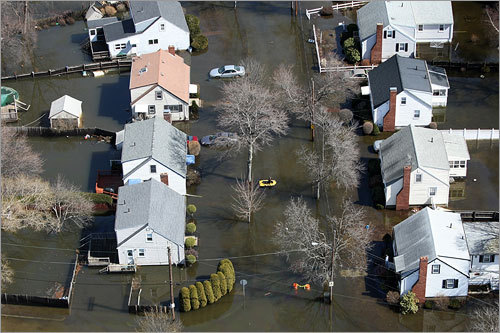By Shen Gao
Contributing Writer
If you live on earth, chances are that you have heard about the recent Ebola outbreak. As the flu season also approaches, healthcare workers are bracing themselves for the overlapping period of the two infectious diseases. But which disease should we worry about?
Believe it or not, the answer to the above question is, undoubtedly, the flu.
The two diseases are similar to a small extent. Some initial symptoms exhibited by both include fever, headache, vomiting, diarrhea, sore throat, cough, and fatigue. However, the similarities end there.
The seasonal flu is a respiratory infection caused by the influenza viruses. It is estimated that typically 25,000–50,000 people per year die from the flu. Yes, it can be deadly. It is highly contagious to the extent that it is commonly spread through coughing and sneezing.
Even though it is potentially deadly for certain groups of people (the elderly, infants, and persons with chronic illnesses), the flu can be easily prevented by receiving a vaccine. You can either get the flu shot or the mist, the injection is safer than the spray.
As for Ebola, things are not this simple.
Although initial symptoms similar to the flu, symptoms as exhibited by those infected with Ebola are more intense.
While flu symptoms usually start to fade after 8-12 days and can be easily recovered from without any medication, Ebola symptoms will elevate in intensity or even continue after 8-12 days.
Symptoms include high fever, chest pain, rash, abdominal pain, loss of appetite, red eyes, blood in stool, muscle pain, joint pain, internal and external bleeding, and flu-like symptoms as stated earlier.
Deaths resulting from Ebola are frequently due to low blood pressure as resulted from blood/fluid loss.
As opposed to the flu, Ebola is not airborne and is only transmitted through an infected patient when they are symptomatic.
Transmission of this disease includes any and all blood and bodily fluids, including urine, saliva, sweat feces, vomit, breast milk, and semen of the infected person. Ebola is not transmitted through water.
Another way that Ebola is spread is through objects (such as needles or syringes) contaminated with the virus.
In addition, consumption and handling of uncooked, infected bushmeat can also transmit this disease. At this point, scientists do not believe that insects can transmit Ebola.
Currently, there are no effective vaccines available for Ebola. However, the CDC (Center for Disease Control and Prevention) currently maintains that the risk of Ebola to affect many people in the U.S. is “very low.”
To conclude, you are at risk for Ebola only if you’re a healthcare worker caring for those who are infected, if you’ve traveled to West Africa (where the virus was originally discovered), or if you’ve been in close contact with someone who is suspected to have Ebola and exhibit the symptoms.
If none of the above applies to you – it shouldn’t apply to a majority of the American population – you’re in the clear.
Bottom line, most of us should not be remotely worried about Ebola. Just get your flu shot and you’ll be all set for this winter!























